Imagine walking across the seemingly endless, sun-baked plains of southern Africa. The ground looks barren, the air shimmers with heat, and not a single tree shades the sands for miles. Yet, just beneath your feet, a vast, living forest thrives in secret. These are Africa’s underground forests—an astonishing world few people know exists. This hidden ecosystem defies our expectations, turning everything we thought we knew about forests upside down. It’s a story of survival, resilience, and the incredible ways life finds to flourish, even where none seems possible.
The Secret World Hidden Below the Surface
Beneath the dry, sandy soils of places like Mozambique, Zambia, and Angola, underground forests spread their roots and networks out of sight. Unlike traditional forests, these are not forests of towering trunks and leafy canopies. Instead, the trees here grow almost entirely underground, with only a few small branches or leaves poking above the sand. This unique adaptation helps them escape harsh surface conditions—searing heat, hungry herbivores, and frequent fires that sweep the landscape. For centuries, most people had no idea these forests existed at all. Only through scientific curiosity and local knowledge did their secrets begin to emerge.
How Underground Forests Survive in Harsh Climates
In regions plagued by drought, wildfires, and temperature extremes, survival is a constant challenge. Underground forests have evolved remarkable strategies to deal with these threats. By keeping most of their biomass below ground, they protect themselves from flames, grazing animals, and the relentless African sun. Their underground stems, called lignotubers, store water and nutrients, allowing them to bounce back quickly after fires or dry spells. This means that even when the surface looks dead and lifeless, the forest beneath is simply waiting for the right moment to burst into life again.
The Unseen Giants: Trees That Live in the Dirt
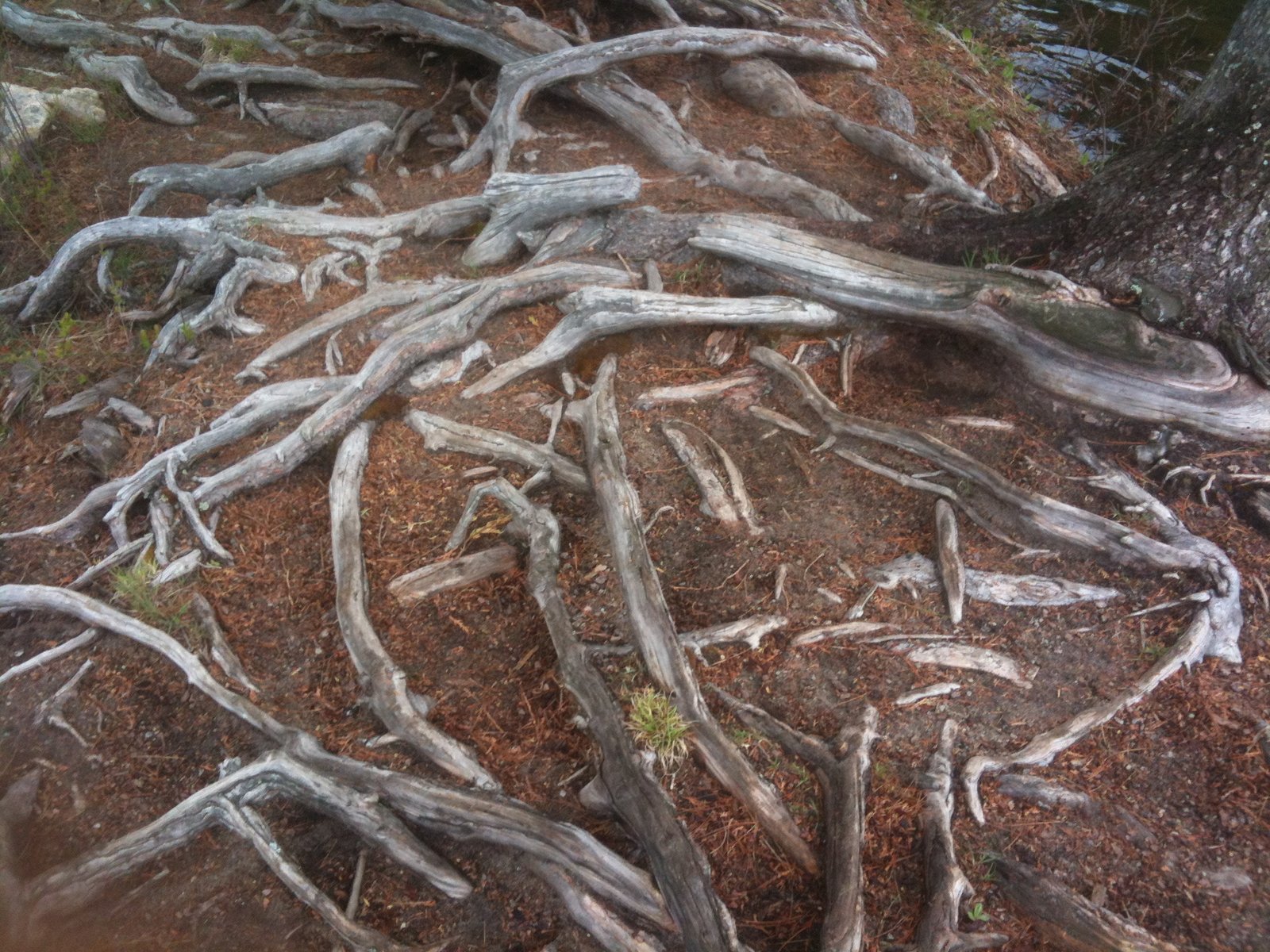
Some of the “trees” in these hidden forests are actually ancient giants, hundreds or even thousands of years old. What’s astonishing is that their trunks and branches might be no taller than your knee, but their root systems and underground stems can spread many meters wide. Species like Brachystegia and Cryptosepalum dominate these ecosystems, forming dense, interconnected networks below ground. In some cases, the underground stems can weigh several tons, far heavier than what little growth is visible above the sand. These plants are true survivors, using their hidden bulk to endure whatever nature throws at them.
Fire: Friend or Foe?
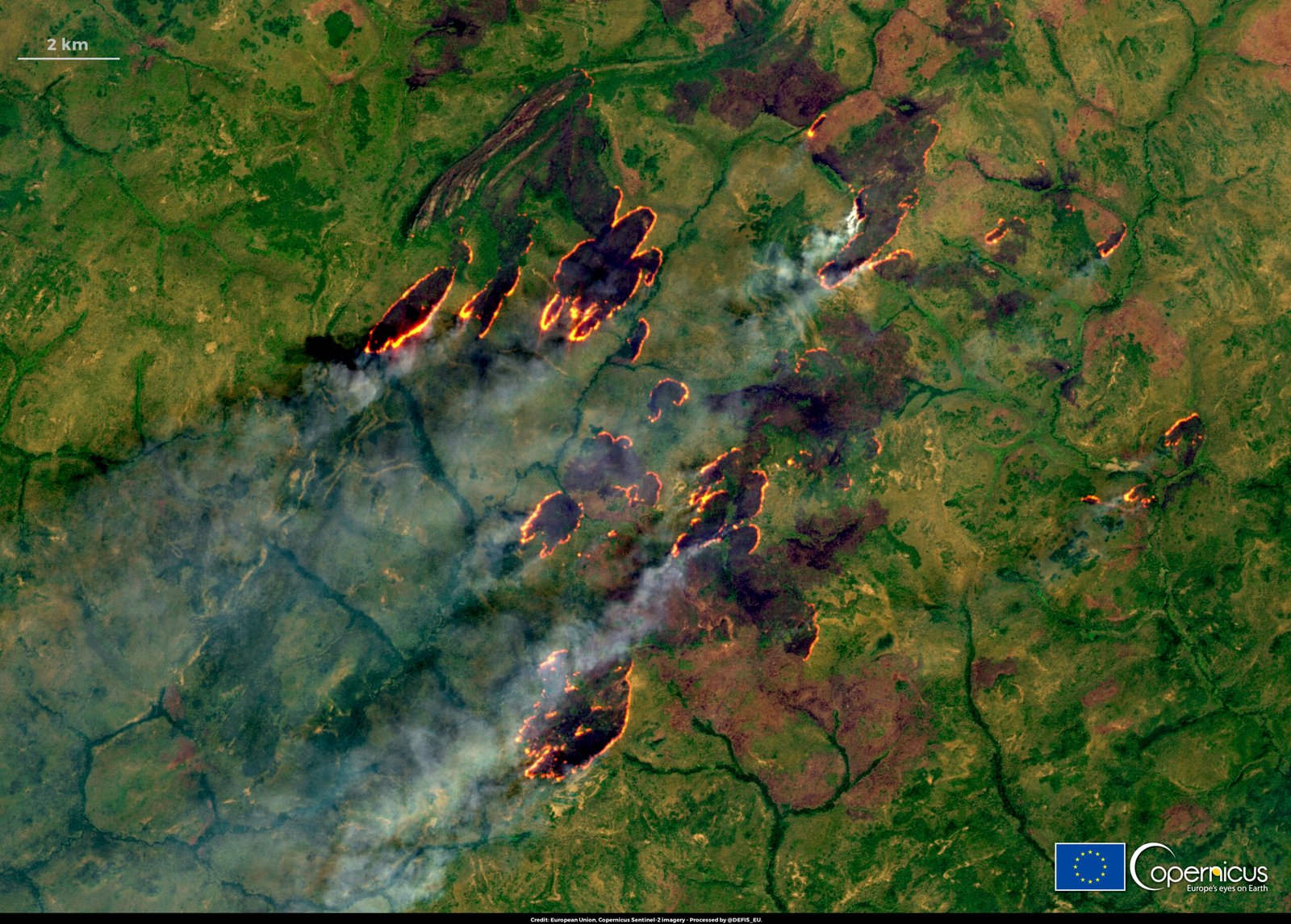
Fire is a double-edged sword in the African landscape. While frequent wildfires can devastate traditional forests, underground forests have turned fire to their advantage. The sandy soils and underground stems insulate the core of the plant from the heat, so surface fires rarely do lasting damage. In fact, fire can stimulate new growth, triggering dormant buds to send out fresh shoots. This resilience helps underground forests maintain their grip on the landscape, even as other plants are burned away. It’s a powerful reminder of how life adapts to even the most destructive forces.
The Role of Underground Forests in Local Ecosystems
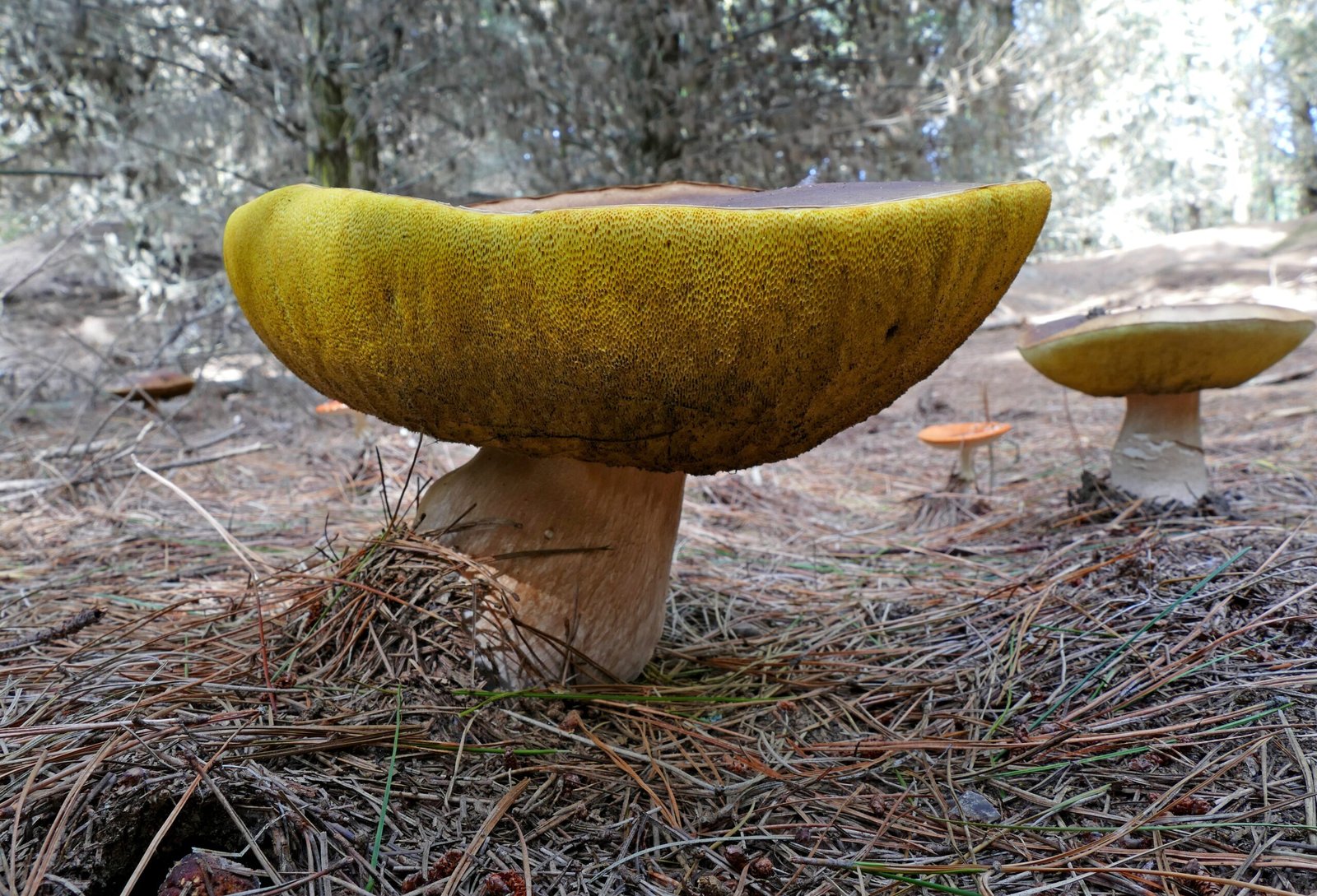
Though mostly hidden, these forests play a vital role in supporting local biodiversity. Their extensive root systems help stabilize soils, preventing erosion and desertification. They also provide shelter and food for a surprising variety of animals, from burrowing rodents to insects and birds that rely on the underground network’s bounty. Even elephants and other large mammals benefit, as they sometimes dig for the underground stems during times of drought. The interconnectedness of life below and above ground is more profound than meets the eye, making these forests key players in their ecosystems.
A Lifeline for Local Communities
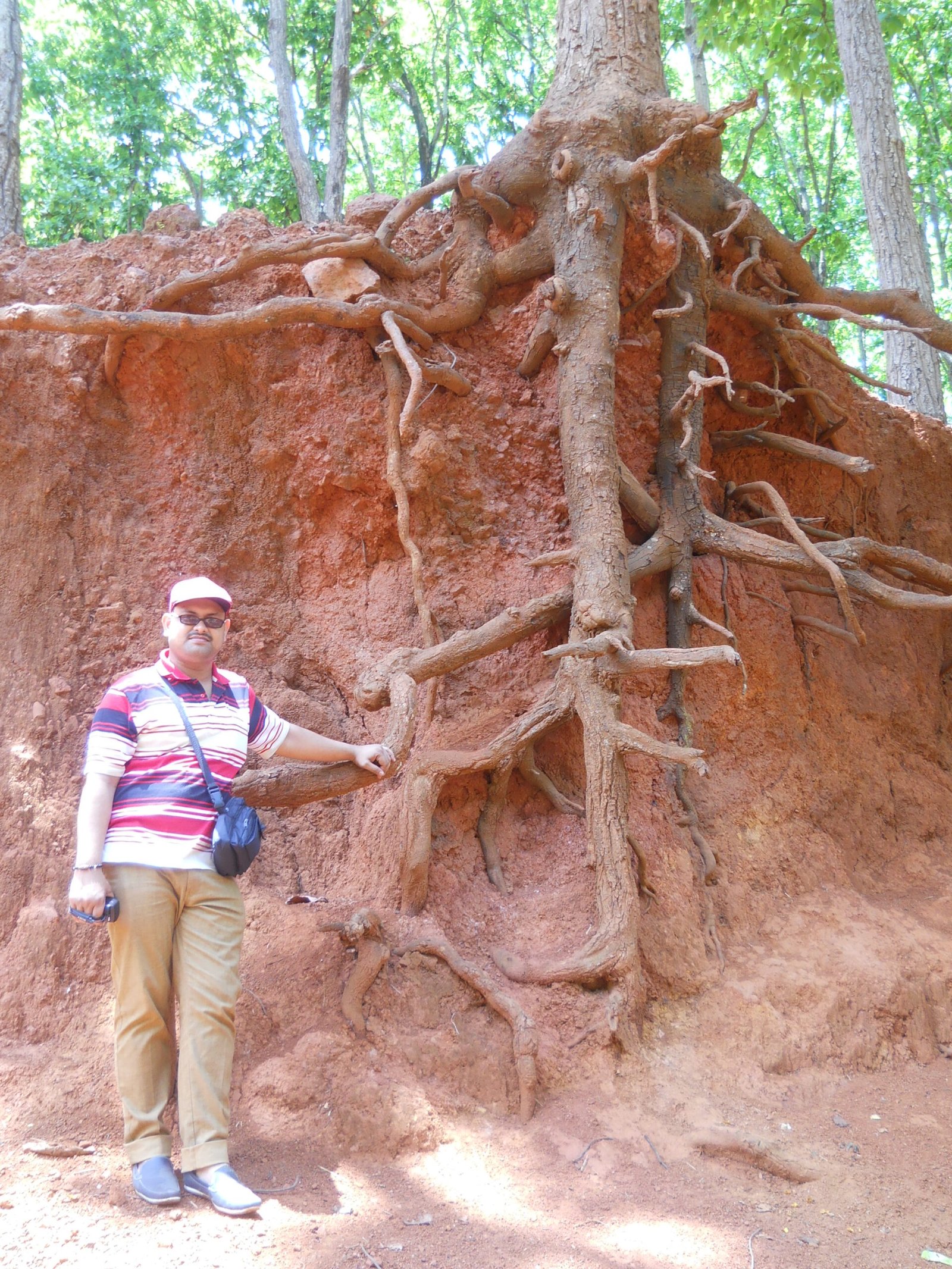
For people living in the vicinity, underground forests are more than just a scientific curiosity—they are a source of life and livelihood. Local communities have long known about these hidden resources, even when outsiders did not. The underground stems and tubers are often harvested for food, fuel, and traditional medicine. During times of famine or drought, these secret forests can mean the difference between survival and hardship. In some cultures, stories and folklore celebrate the mysterious “roots that feed the people,” showing just how deeply these ecosystems are woven into human history.
Discoveries Made by Scientists and Locals Alike
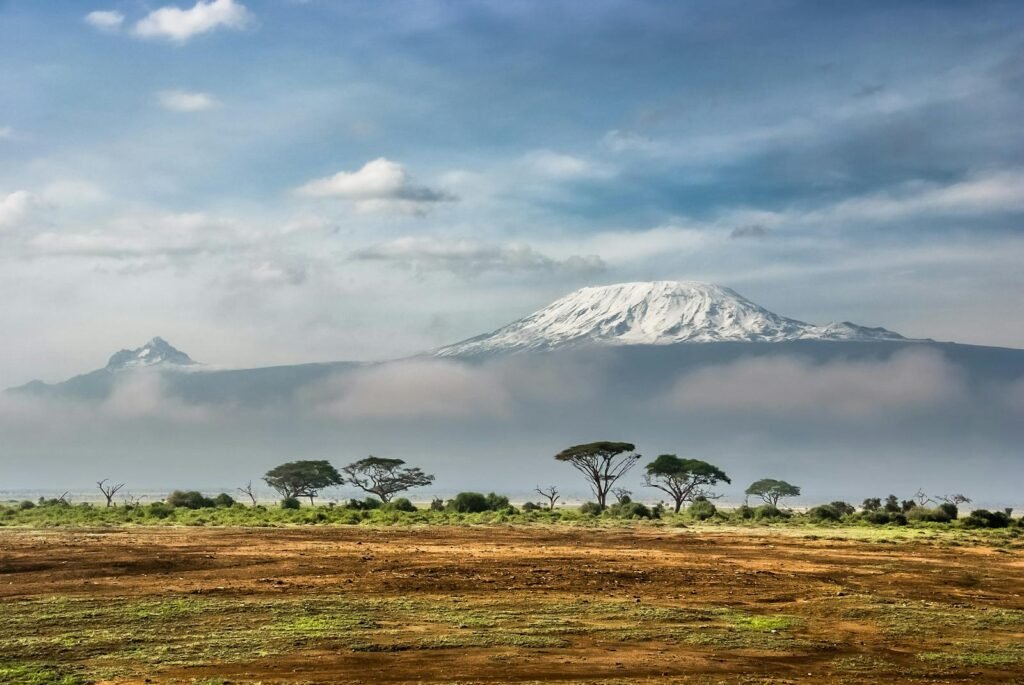
The existence of underground forests was first brought to scientific attention thanks to the careful observations of local people and a few curious botanists. Researchers were astonished to find that what looked like scattered shrubs on the surface were actually the tips of vast, interconnected forests below. By studying the soil, roots, and plant genetics, scientists have pieced together the puzzle of how these forests grow and reproduce. These discoveries are changing our understanding of what a forest can be, challenging long-held assumptions and sparking new questions about hidden ecosystems around the world.
Unique Adaptations: How Plants Thrive Below Ground
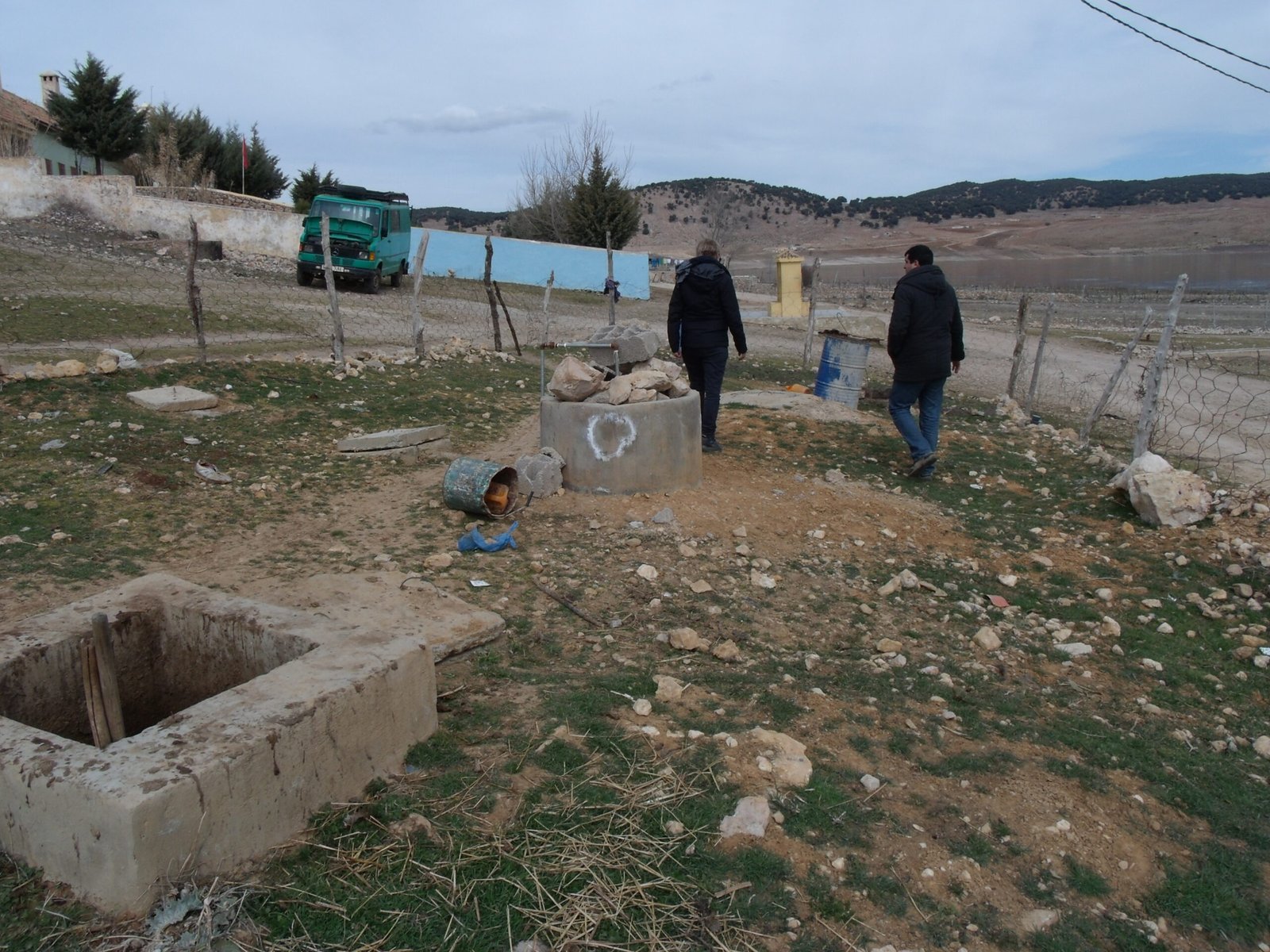
To survive underground, these plants have evolved some truly remarkable features. Their stems are thick, woody, and packed with reserves of water and carbohydrates. Leaves are often small or reduced to minimize water loss, and flowers may bloom close to the ground to avoid being eaten. Some species spread through underground runners, sending up new shoots meters away from the parent plant. This allows the forest to slowly expand, colonizing new patches of land even in the harshest conditions. It’s a quiet, relentless kind of growth—one that happens out of sight, but never out of reach.
The Challenge of Conservation

Despite their resilience, underground forests are not immune to threats. Expanding agriculture, mining, and climate change all put pressure on these fragile ecosystems. Because so little of the forest is visible, it’s easy for outsiders to overlook their importance or even destroy it unknowingly. Conservationists are working to raise awareness about underground forests, emphasizing their role in sustaining both nature and people. Protecting these hidden worlds requires understanding and respect for their unique ways of surviving, as well as close collaboration with the communities that depend on them.
What Underground Forests Teach Us About Resilience
The story of Africa’s underground forests is ultimately one of hope and inspiration. These ecosystems show us that life can flourish in the most unlikely places, adapting in ingenious ways to survive and even thrive. In a world facing growing environmental challenges, the underground forests of Africa remind us of nature’s incredible capacity for resilience. They invite us to look beneath the surface—literally and metaphorically—for the wonders that lie hidden from view.
A Call to Rediscover the Wonders Underfoot
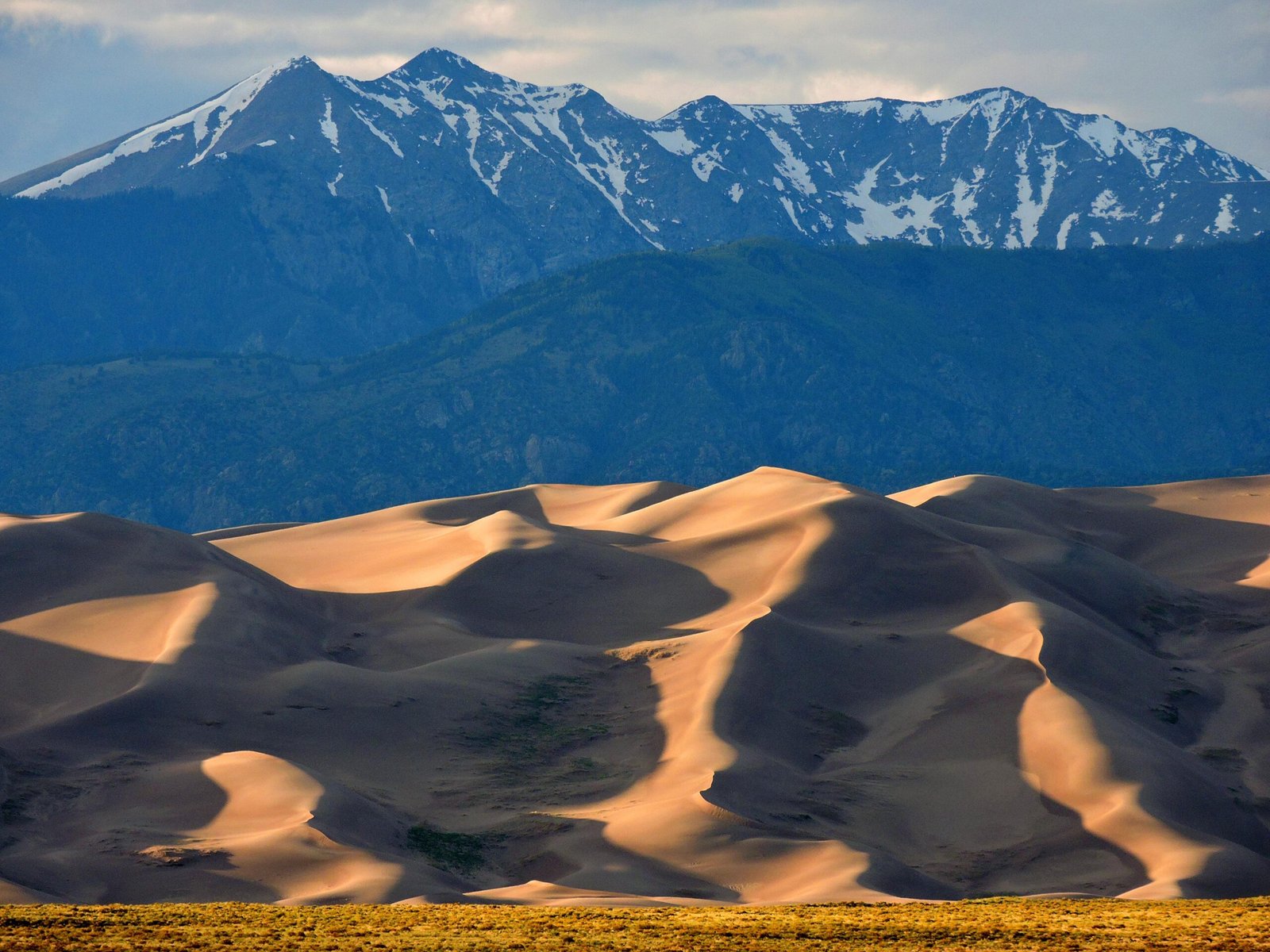
The next time you cross a patch of dry, empty sand, consider what mysteries might be alive beneath your feet. Africa’s underground forests prove that sometimes, the most extraordinary stories are hidden in plain sight, just waiting to be discovered. How many other secrets are buried below the surface, quietly shaping the world and offering hope for the future?



